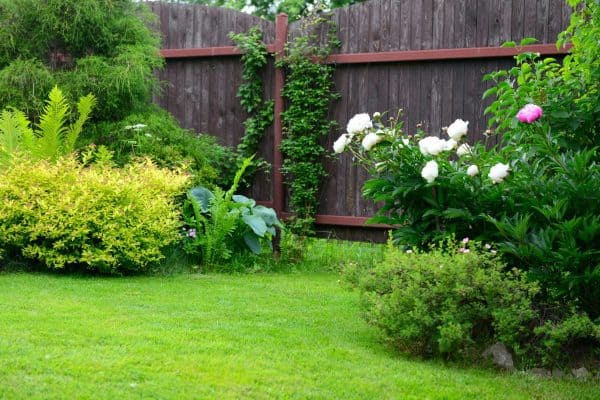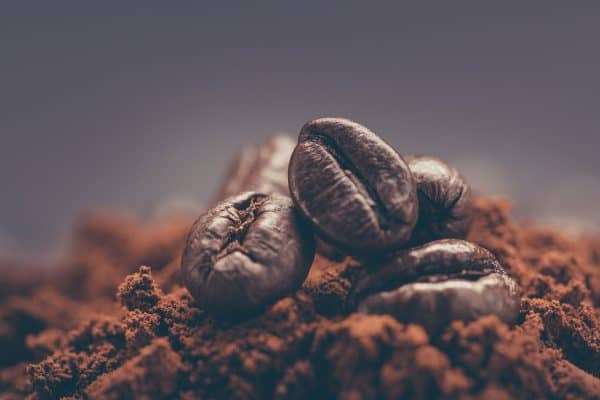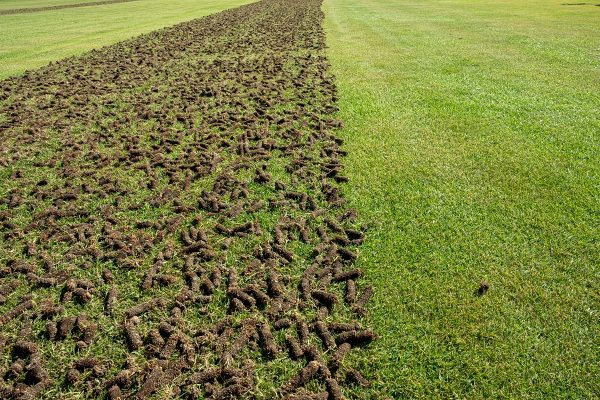Despite their carefree appearance growing in the landscape, palm trees are still prone to several diseases. You can apply a fungicide to ward off these ailments. Want to know how to apply fungicide to palm trees? We’ve researched this topic to help you address this matter.
Palm trees are commonly treated with copper fungicide as they are grown not just for landscaping but also for consumption. The usual dose of copper fungicide is 1 to 3 teaspoons (tsp) per gallon (gal) of water.
This is ideal to apply before the fungus becomes visible and if not, apply it when you see the first signs of a fungal infection. You can safely reapply the fungicide every 7 to 10 days until harvest.
Continue reading to find out more in detail about palm trees’ diseases and the fungi attacking them. Also, we will share some fungicides that would help to control those destructive organisms on your palm trees.
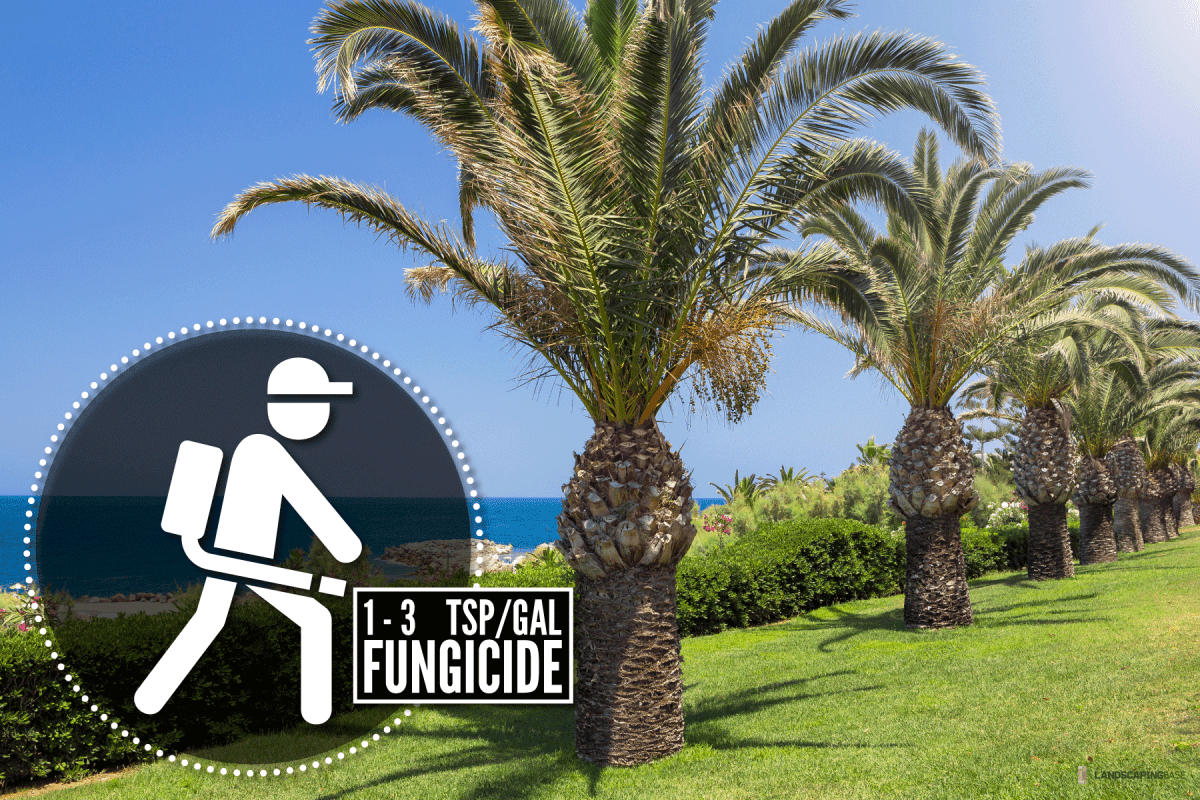
What Fungus Attacks Palm Trees?
Palm trees are consequently more susceptible to various diseases than other trees. Here are the following fungi that attack palm trees, the diseases, and the possible treatment for these fungi.
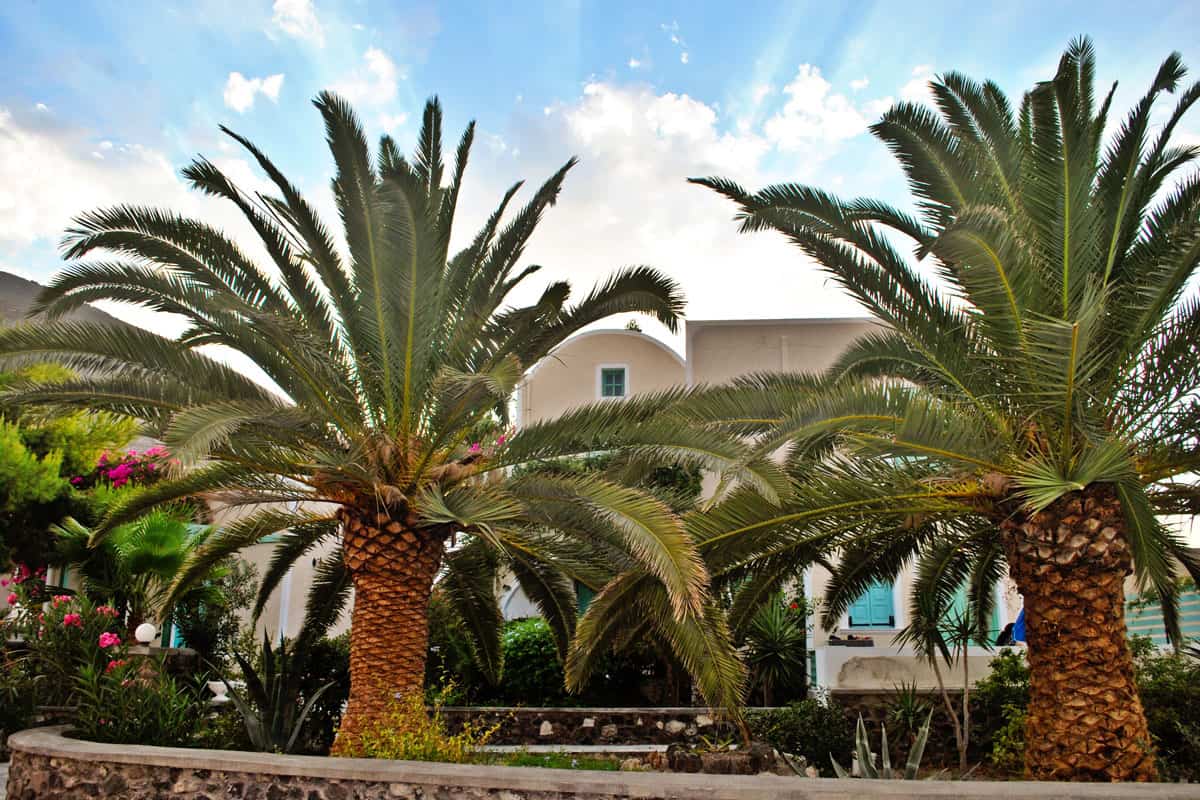
Fusarium oxysporum
The fungus Fusarium oxysporum is the source of the disease known as fusarium wilt. It only has an impact on palm trees. The disease has several strains that are unique to various species of palm trees.
Discolored, brown, and crinkling fronds are the main sign of fusarium wilt. Typically, the symptoms develop near the base of the fronds and progress upward.
Fusarium wilt has no known treatment, but you can make the tree live longer by taking good care of it. To prevent the disease from spreading to other palm trees, remove the sick fronds and dispose of them properly.
Water, fertilize, and think about applying fungicides to the tree. Although it won't treat the fusarium wilt, the fungicide prevents other opportunistic infections.
Ganoderma zonatum
Ganoderma zonatum is a fungus that attacks the roots and lower stem of palm trees that causes another fungal disease called Ganoderma butt rot. All types of palm species are susceptible to it because it can get into the woody tissue and stop the water from moving up the stem.
General dieback and severe frond wilting are the first symptoms. A conk, or structure resembling a mushroom, may then shortly appear from the palm's butt.
You should have all infected trees removed as soon as possible because there is no treatment for Ganoderma rot and it can spread quickly through the soil to other palm trees. Make sure to get rid of the roots and the stump as well.
Phytophthora palmivora & Thielaviopsis paradoxa

Smaller areca palms are susceptible to a disease called bud rot. Phytophthora palmivora and Thielaviopsis paradoxa are two types of fungi that cause it. The fungi essentially stop the palm from successfully producing new buds when they infiltrate the plant's center.
Lack of new crown growth is one of bud rot's initial symptoms. You'll notice that your tree doesn't produce any new fronds, and if you look closer, you'll see that the new buds are brown, curled, and rotten.
Once a tree becomes infected with bud rot, there is no cure. Removing infected trees and applying fungicides on healthy trees prevents them from becoming infected. Keep the soil around your palms well-drained to protect them from bud rot, which thrives in soggy soil.
Leaf-spotting Fungi
Numerous leaf spot diseases can also affect palm trees. Although several fungi species are responsible for these diseases, all of them share a common set of symptoms and a common set of treatment options.
The appearance of fuzzy, black or brown, mold-like spots or streaks on the underside of the fronds is the main sign of a leaf spot disease. Prune away the most infected fronds to treat the condition.
Also, apply fungicides to stop the fungus from spreading to other leaves. Consider fertilizing your palms as well. This will increase their vigor and help them fight off leaf spot fungi more successfully.
If you water your palms, do it in the morning to prevent them from staying wet all night. With the right care, most palms will heal.
How To Apply Fungicide To Palm Trees?
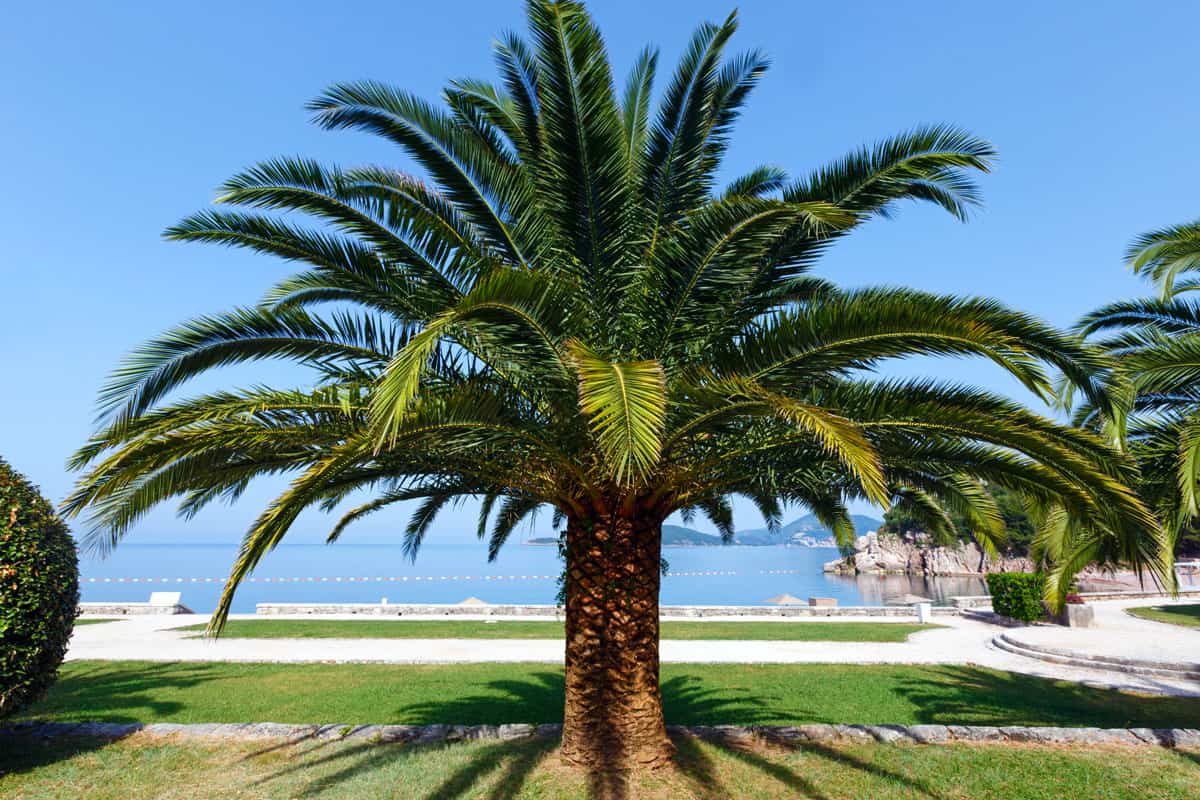
The only fungicides that are authorized for use on palm fruits that are consumed as food are those made of copper. In dissolved form, the metal copper penetrates plant tissues and aids in the prevention of fungi diseases.
Copper is toxic and it can also seriously harm plant tissues. Make sure to carefully read the label if you're considering using a copper fungicide. It's also crucial to remember that copper doesn't decompose in the soil and over time may contaminate the soil.
Moreover, copper fungicide won't be able to treat an existing fungus disease. The product works by defending plants from the emergence of new infections.
The application of copper fungicide is ideal before the fungus becomes apparent. If not, use the product as soon as you see the first indications of a fungus infection.
Once every 7-10 days until harvest, you can spray the fungicide without risk. Use a high-pressure knapsack/backpack sprayer for more spraying efficiency for your palm trees.


Click here to see this backpack sprayer on Amazon.
If possible, spray plants when there will be at least 12 hours of dry weather after application. Copper fungicides are typically used at a rate of 1 to 3 teaspoons per gal of water.
On hot days, never use the fungicide. Don't combine this fungicide with other substances. And most of all, never use fungicides excessively.
Some Copper Fungicides For The Control of Palm Diseases
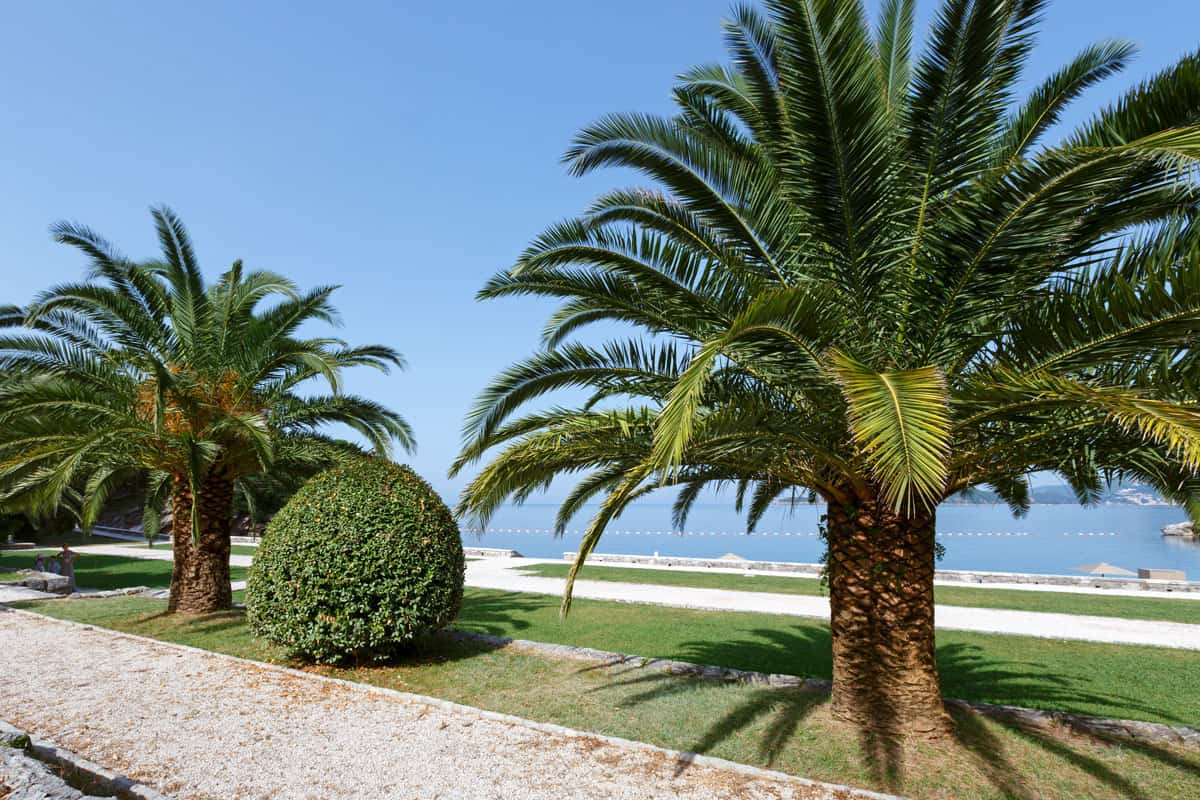
Following are several copper fungicides available with widely varying amounts of copper, active ingredients, application rates, and other elements.
Bonide Liquid Copper Fungicide
You can use this liquid copper fungicide for all of your organic gardening requirements because it has been approved. Even the day of harvest can be used with it. This organic fungicide is made to be used around people and animals without causing harm.
- Disease Control: Mildew, black spot, downy mildew, rust, peach leaf curl, and other diseases.
- Ingredients: 10% Copper Octanoate or Copper soap.
- Application: Use a tank sprayer or a hose-end sprayer to apply the product, which instantly mixes with water. If the label does not specify how much to mix, use 1 ounce (oz) of this fungicide concentrate per gal of water.
Apply liberally to the tips and bases of leaves. Treat when the disease first emerges or two weeks before it typically manifests. Recur every 7 to 10 days.


Click here to see this Bonide Liquid Copper fungicide on Amazon.
Camelot O Fungicide
You can address both bacterial and fungal diseases with Camelot O Fungicide. The National Organic Program (NOP) awarded Camelot O its Organic Materials Review Institute (OMRI) certification. OMRI determines the product's organic status.
- Disease Control: Anthracnose, leaf blight, black spot, botrytis blight, downy mildew, leaf spots, rhizoctonia, powdery mildew, rusts, white mold, etc.
- Ingredients: 10% Copper Octanoate.
- Application: Use 0.5 - 2 gallons of this fungicide concentrate per 100 gallons of water. One-day pre-harvest interval and four hours restricted-entry interval.


Click here to see this Camelot O fungicide on Amazon.
Monterey Liquid Copper Fungicide
This product can be used during the growing or dormant season. The OMRI has identified and approved this fungicide for use in organic gardening.
- Disease Control: Mildew, downy mildew, black spot, late blight, leaf and fruit spot, fruit rot, rusts, and leaf curl.
- Ingredients: 0.08%% Copper Octanoate.
- Application: It is readily prepared for usage. Apply straight from the container that has a trigger sprayer on it. A 32-ounce bottle will cover 10 square yards and can be useful till the day of harvest.
Start the treatment two weeks before the disease typically manifests or when the disease first manifests, and continue every 7 to 10 days as long as necessary. Apply again if it rains.


Click here to see this Monterey Liquid Copper fungicide on Amazon.
Southern Ag Liquid Copper Fungicide
This copper fungicide controls not only diseases caused by fungi but also bacteria. Also, it controls algae and moss.
- Disease Control: Anthracnose, black spot, shoot blast, leaf curl, leaf spot, and any other diseases caused by bacteria & fungi.
- Ingredients: 31.4% Copper Ammonium Complex.
- Application: The mix ratio of concentrated solution to water (in gallons) differs on the size of the tree. For small trees is 1:3, the medium-sized is 1:6, and for the large ones is 1:9.
Spray the tree from the point of runoff upward, covering both the upper and lower foliage surfaces. Avoid over-spraying. Never combine more spray solution than is required.


Click here to see this Southern Ag Liquid Copper fungicide on Amazon.
Conclusion
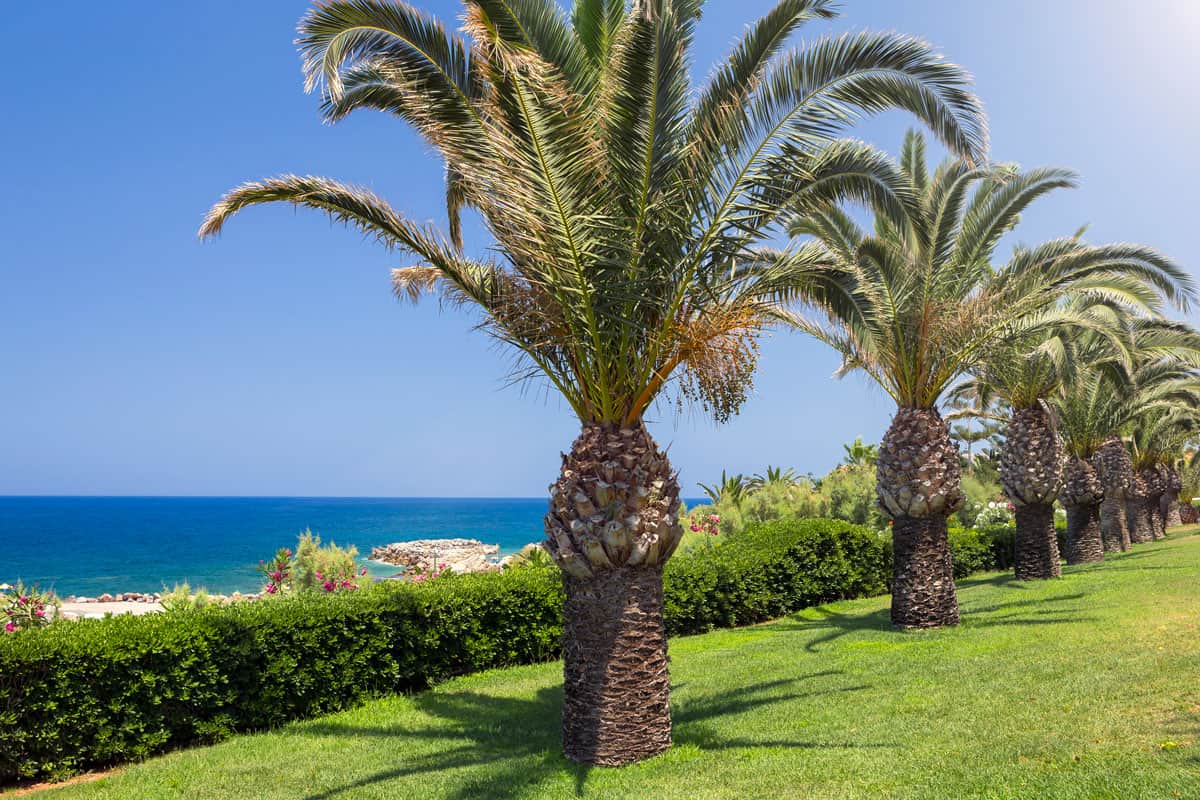
For gardeners, fungal diseases can be a serious issue, particularly when the weather is warmer and wetter than usual. The first line of defense is frequently copper fungicides, especially for gardeners who prefer to stay away from chemical fungicides.
Although using copper fungicides can be challenging, success depends on knowing exactly when to apply them. Also, always apply this kind of fungicide at rates and intervals specified on the label.
For more interesting topics, check them out below.

